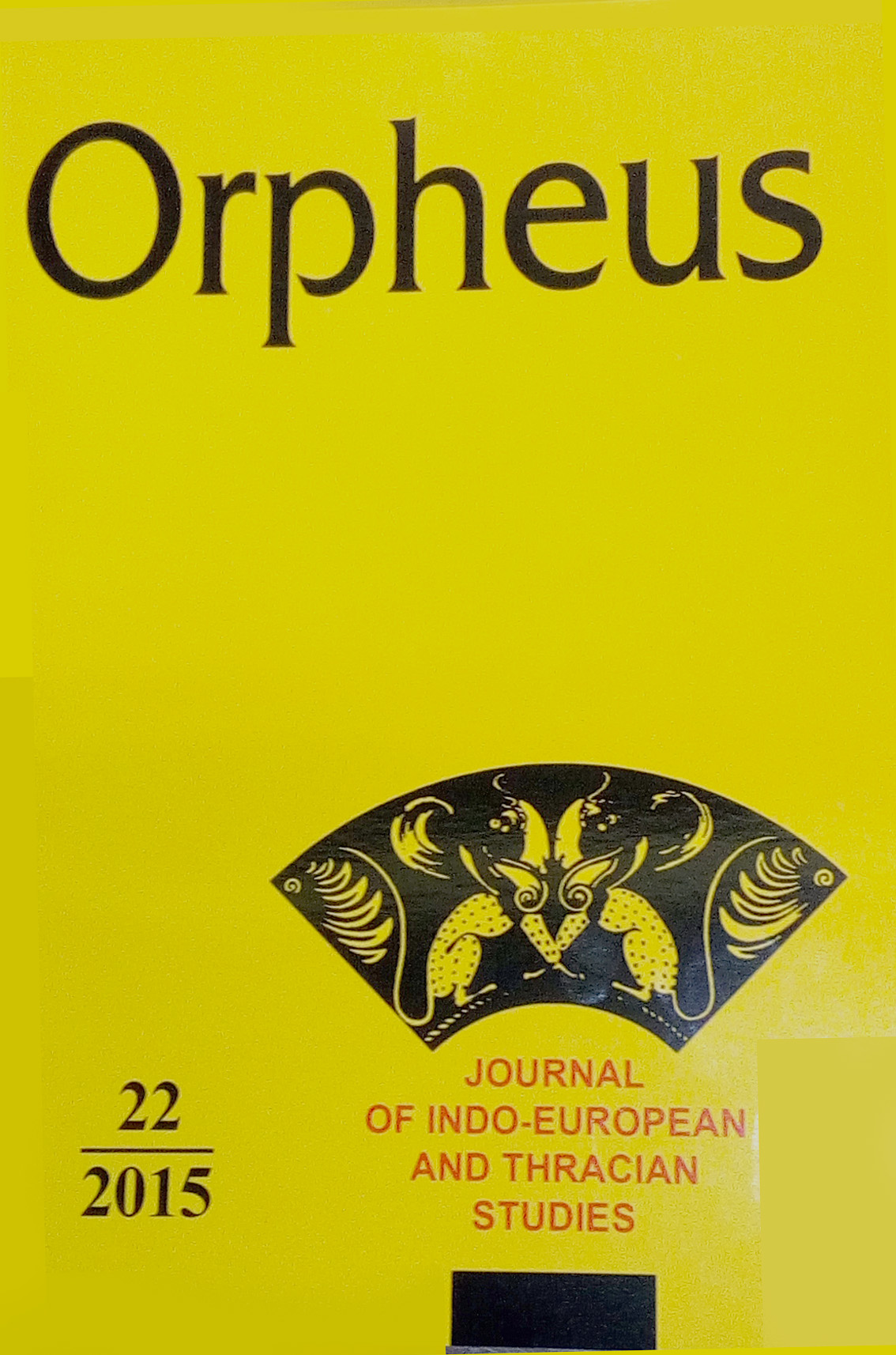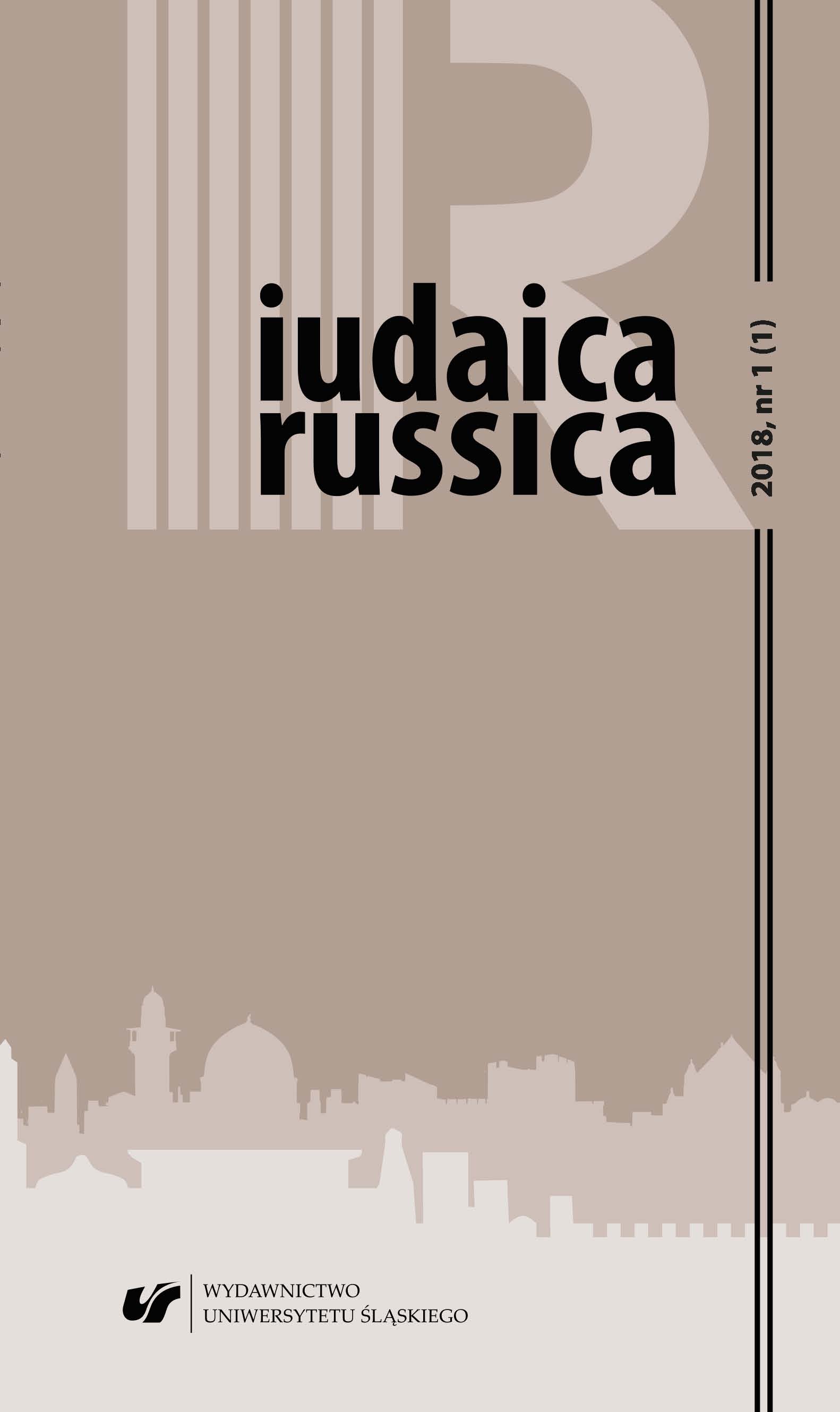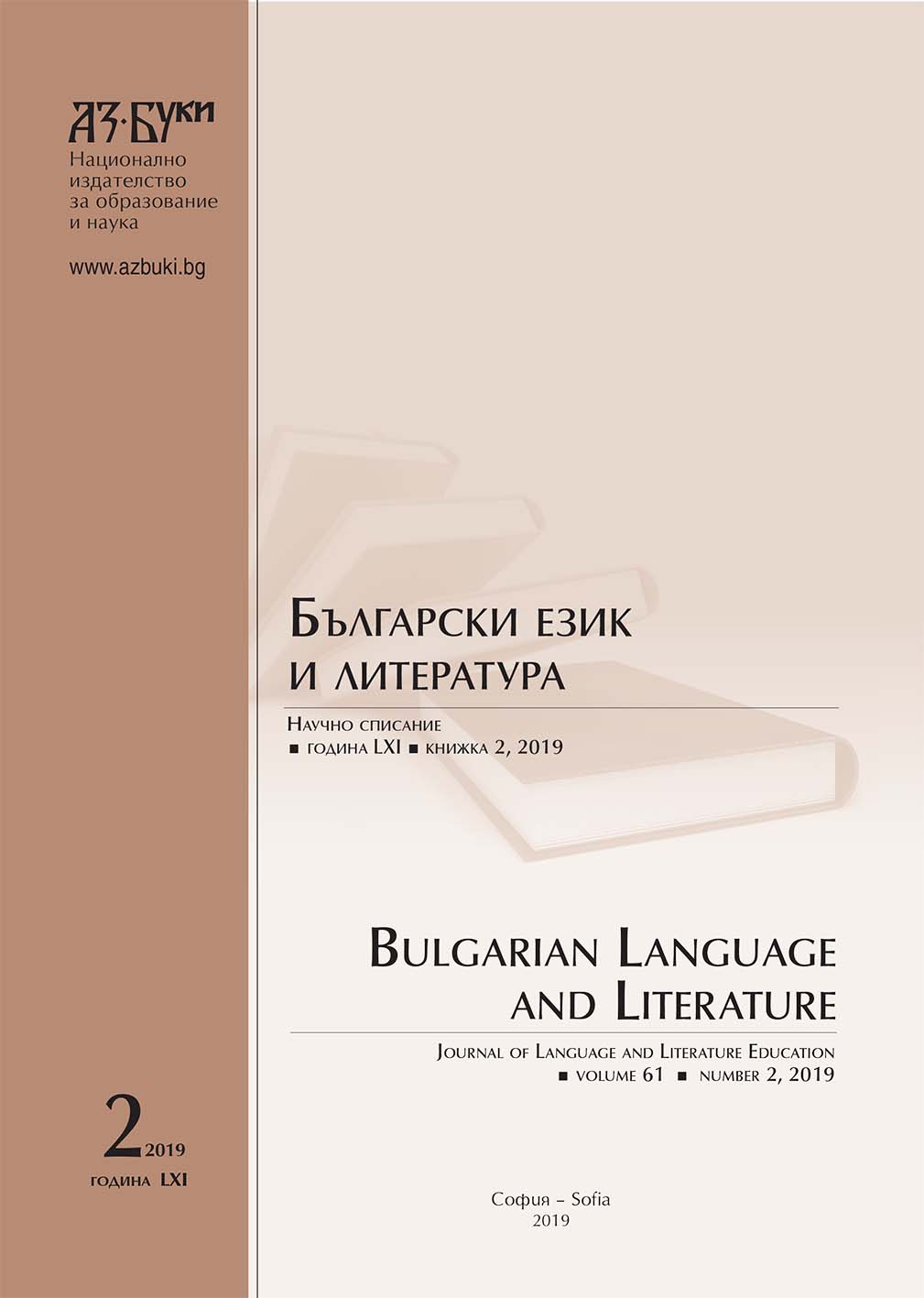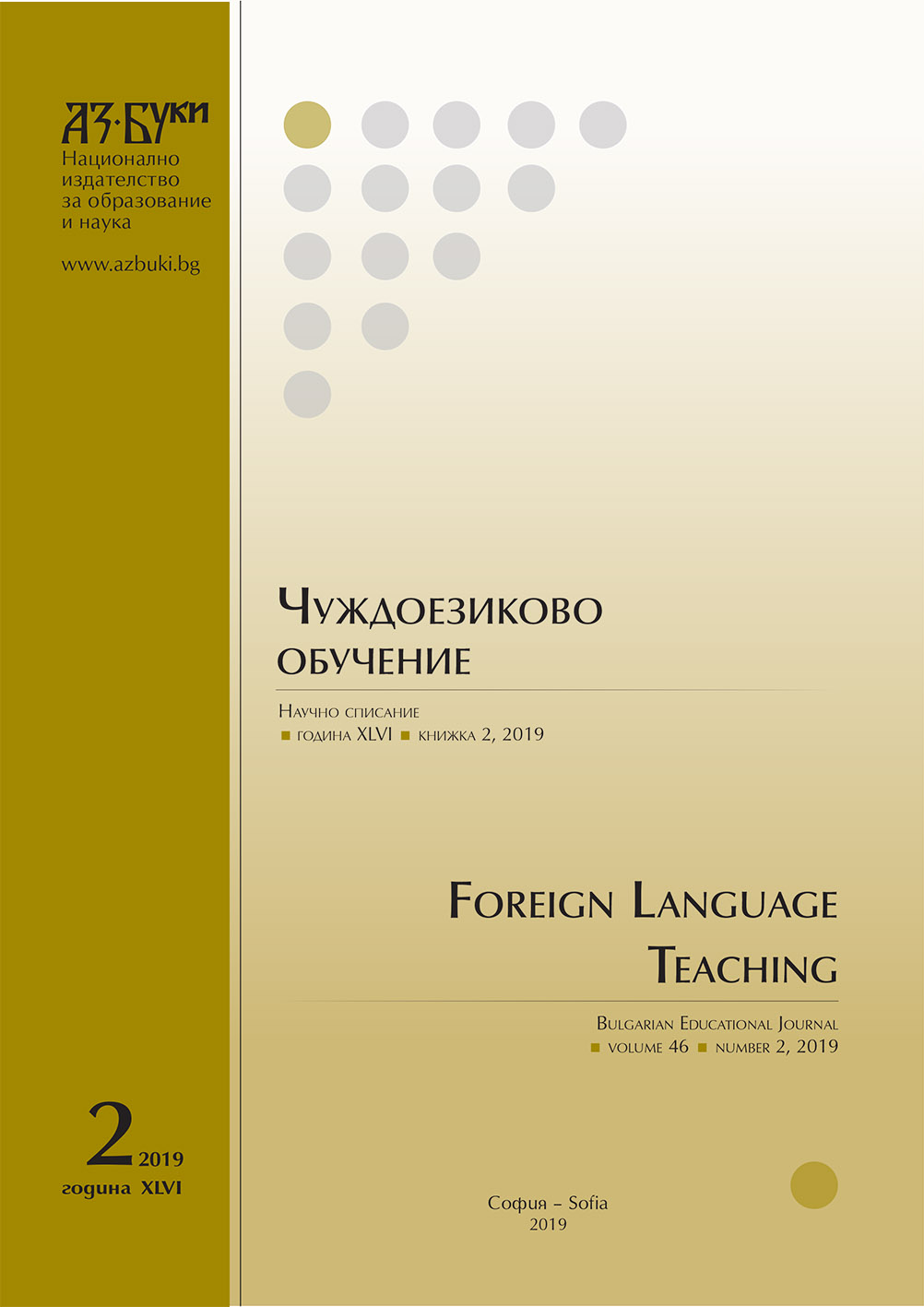
Thracian Toponymy until the End of the First Millennium BC
The study of Thracian toponymy with a view to chronology has different aspects. The history of each source gives a more precise picture of the chronology of the attesting of the data. Tracing the chronology of emergence is of greater significance both in linguistic and in historical plan. Owing to the areal positioning of toponymic isoglosses or isoglosses of toponymic elements, the conclusion reached in the study concerns the chronology of the emergence of groups of toponyms united by common characteristics. Tracing their propagation leads to the conclusion that the oldest layer of Thracian toponymy has lexical and word-forming parallels with the pre-Greek toponymy in the southern and western parts of the Balkan Peninsula and in Asia Minor. There is a newer layer that demonstrates lexical parallels only within the Thracian linguistic space. It comprises the settlement names with two roots and with second components recurring repeatedly, whose dissemination occurred successively throughout the first millennium BC. On the whole, the models for the formation of the Thracian toponymy were completed by the end of the first millennium BC.
More...





